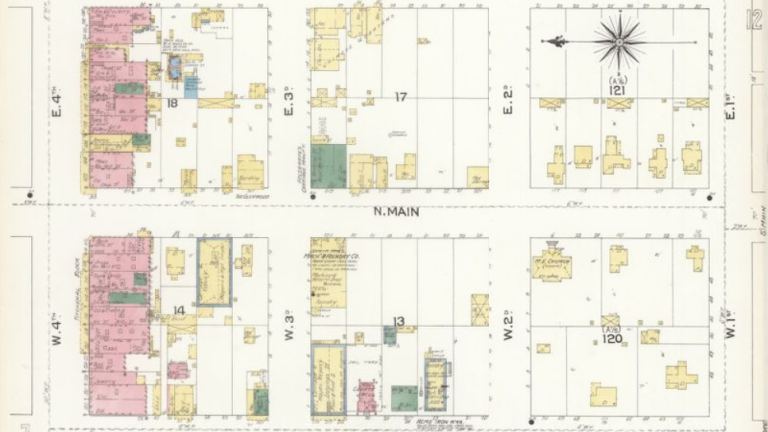Support Provided By

In 1942, Executive Order 9066 required all people of Japanese Ancestry to move to incarceration camps. The hardships from the forced relocation endured well after their return from the camps. After being uprooted from their homes, Japanese Americans had to rebuild. Many moved to the Crenshaw District of Los Angeles where the built a thriving community with Japanese owned businesses and organizations that provided social services, educated Asian youth, and fought for their civil rights.

Today, the Crenshaw district of South Los Angeles is known as a predominantly Black neighborhood, while Japanese Americans are most commonly associated with Little Tokyo, Sawtelle, Torrance and Gardena. But after World War II, Crenshaw had the largest concentration of Japanese Americans in the continental United States.

At Grace Pastries, the cake was king; a symbolic reward that came as a result of the Japanese American communities' hard-earned post-war successes. Within a decade of its opening, Grace Pastries had the highest name recognition of any bakery in Los Angeles and continues to leave a lasting impression.








